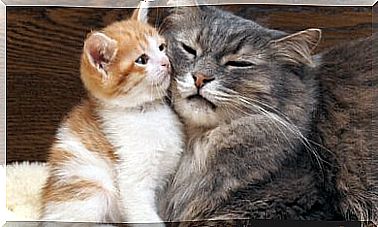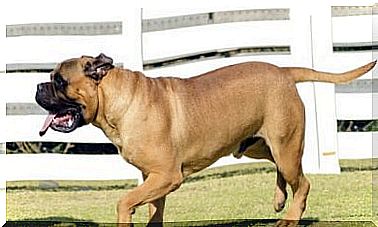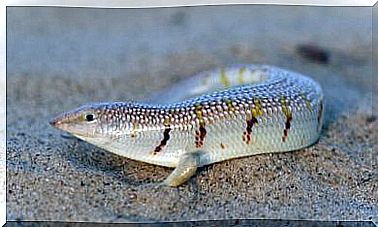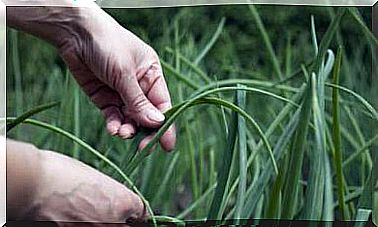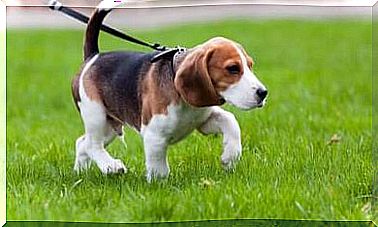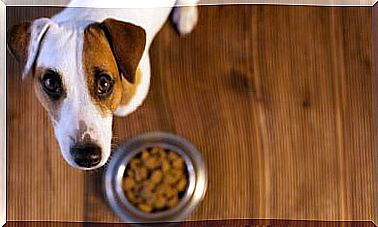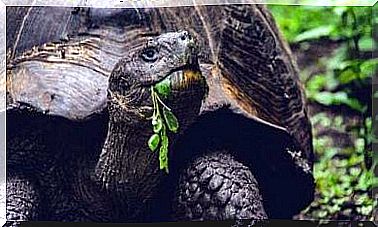Wild Parrots And Exotic Animal Trade
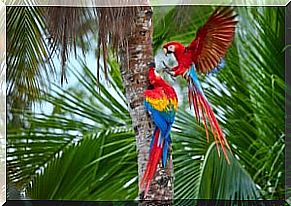
Research from the University of Kent has pointed to the danger posed by the exotic animal trade to wild parrots, particularly endangered species. This danger is due to the detection in eight countries of a virus that causes beak and feather disease, which affects wild parrots.
Taking into account the fact that many parrot species are in danger of extinction, these data are alarming. A greater awareness of the risks associated with the spread of infectious diseases associated with the international trade in live specimens is therefore necessary.
New countries where beak and feather disease have occurred are Bangladesh, Pakistan, Japan, Nigeria, Seychelles, Vietnam, Senegal and Gambia. The presence of the virus was revealed thanks to research conducted by the Durrell Institute of Conservation and Ecology at the University of Kent in collaboration with other international bodies.
The risks to wild parrots related to the exotic animal trade
Parrots are one of the most endangered bird species and are prone to various infectious diseases. They are also among the best-selling birds according to data from the Convention on International Trade in Endangered Species (CITES). Illegal trade has seen an increase in cross-border transfers of nearly 20 million parrots since 1975.
This has caused numerous parrot colonies to settle outside their areas of origin. In particular, the highly invasive collared parakeet currently has active reproductive colonies in more than 35 countries on all continents.
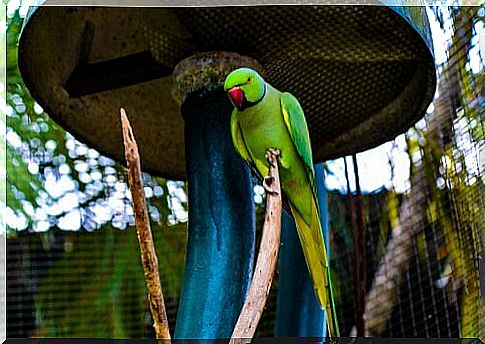
This research revealed the spread of beak and feather disease in wild parrots native to South and Southeast Asia and West Africa. It is therefore necessary to carry out further research in these areas, as this could have serious implications for the conservation of local endangered species.
The existence of very close relationships between the genetic sequences of wild populations in distinct regions is indicated. In addition, there have been several episodes of the introduction of new populations in West Africa.
Parrot beak and feather disease
Beak and feather disease in psittacines is caused by Circovirus and is an infectious disease commonly found in domestic parrots.
This disease is believed to have originated in Australasia in wild parrots. This virus is a well known cause of infectious disease in captive specimens. Affected birds can develop plumage abnormalities and deformations of the claws and beak. It can lead to death, particularly in young specimens.
All psittaciformes are prone to infection. The immunosuppressive nature of this disease increases the likelihood that the animal will contract secondary infections. The spread of the Circovirus is linked to the trade in exotic animals, its high persistence in the environment and the ease of transmission between similar species.
Increasing reports of beak and feather disease in both native and human-introduced wild populations, including some endangered species, raise concerns about the conservation of endangered species.
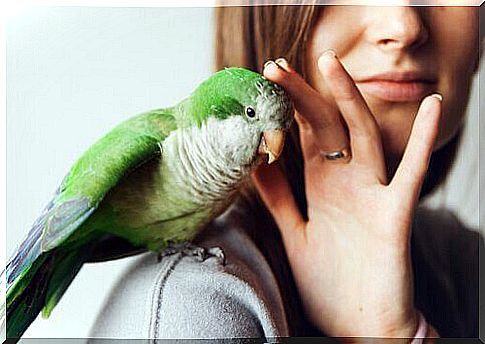
The stable presence of invasive species in an environment can be devastating for colonies living on small islands or for endangered species. This is not only due to competition for resources, but also due to exposure to the virus. Such a situation can pose a significant risk to species already afflicted with poor genetic diversity and loss of their habitat.
Suggestions
The researchers suggest that decisions regarding the relocation of parrots are only made after a risk analysis of the disease has been carried out. Such an analysis would be used to calculate the probability of exposure or a previous infection and the potential risk posed to wild populations.
According to scholars, it is particularly important to take into account the risks for biosecurity in the regions most relevant to the conservation of the species. This applies to both threatened parrots and other categories of birds at risk of infection.
They also recommend paying attention to the systematic examination of parrots intended for the exotic pet trade. To this end, the scholars called upon conservation experts, parrot breeders, law enforcement and other interested parties. Their involvement is of utmost importance in order to increase engagement in testing wild and captive parrots around the world.

